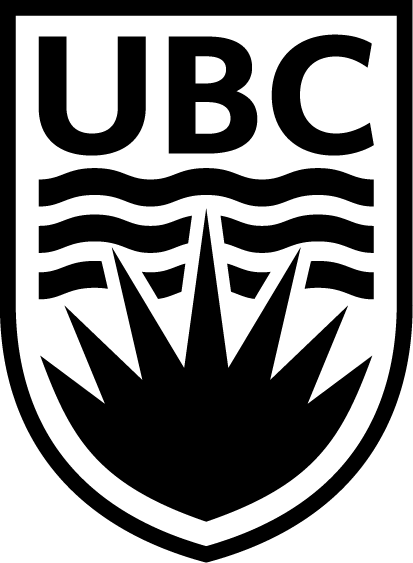
THE UNIVERSITY OF BRITISH COLUMBIA

THE UNIVERSITY OF BRITISH COLUMBIA
BACKGROUND: Asthma-related health resource use and costs may be influenced by increasing asthma prevalence, changes to asthma management guidelines, and new medications over the last decade. The objective of this work was to analyze direct asthma-related medical costs, and trends in total and per-patient costs of hospitalizations, physician visits, and medications.
METHODS: A cohort of asthma patients from British Columbia (BC), Canada, was created. Asthma patients were identified using a validated case definition. Costs for hospitalizations, physician visits, and medications were calculated from billing records (in 2008 Canadian dollars). Trends in total and per-patient costs over the study period were analyzed using Generalized Linear Models.
RESULTS: 398,235 patients satisfied the asthma case definition (mid-point prevalence 8.0%). Patients consumed $315.9 million (M) in direct asthma-related health resources between 2002 and 2007. Hospitalizations, physician visits, and medication costs accounted for 16.0%, 15.7% and 68.2% of total costs, respectively. Cost of asthma increased from $49.4 M in 2002 to $54.7 M in 2007. Total annual costs attributable to hospitalizations and physician visits decreased (-39.8% and -25.5%, respectively; p<0.001), while medication costs increased (+38.7%; p<0.001).
INTERPRETATION: This population-based analysis shows that the total direct cost of asthma in BC has increased since 2002, mainly due to a rise in asthma prevalence and cost of medication. Combination therapy with inhaled corticosteroids/long-acting beta-agonists has become a significant component of the cost of asthma. Although billing records capture only a fraction of the true burden of asthma, the simultaneous increase in medication costs and reductions in hospitalization and physician visit costs provides valuable insight for policy makers into the shifts in asthma-related resource use.